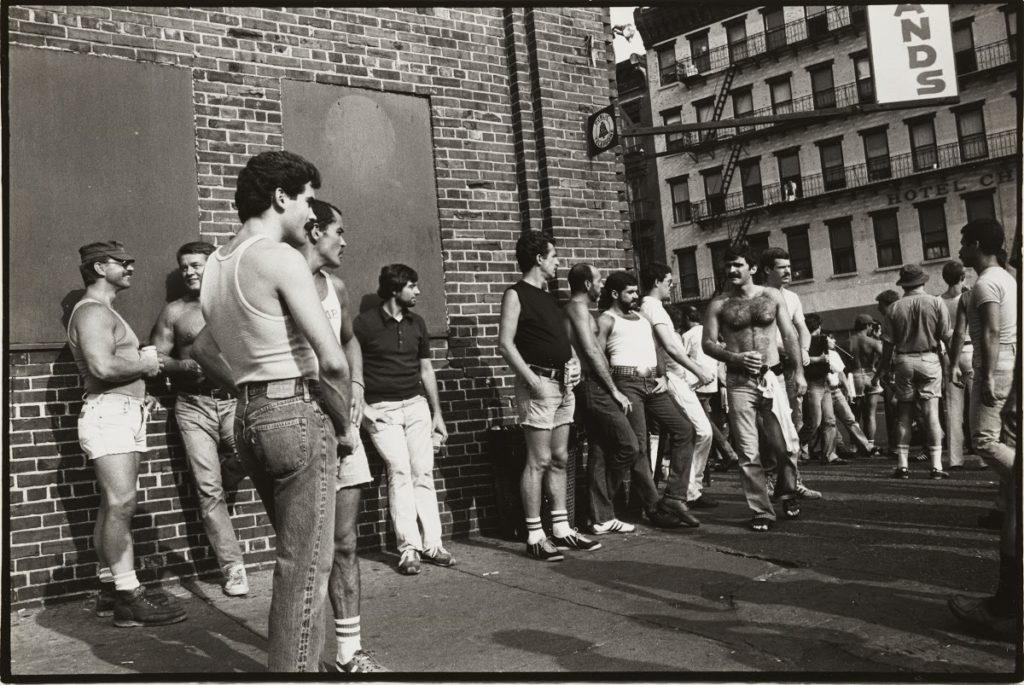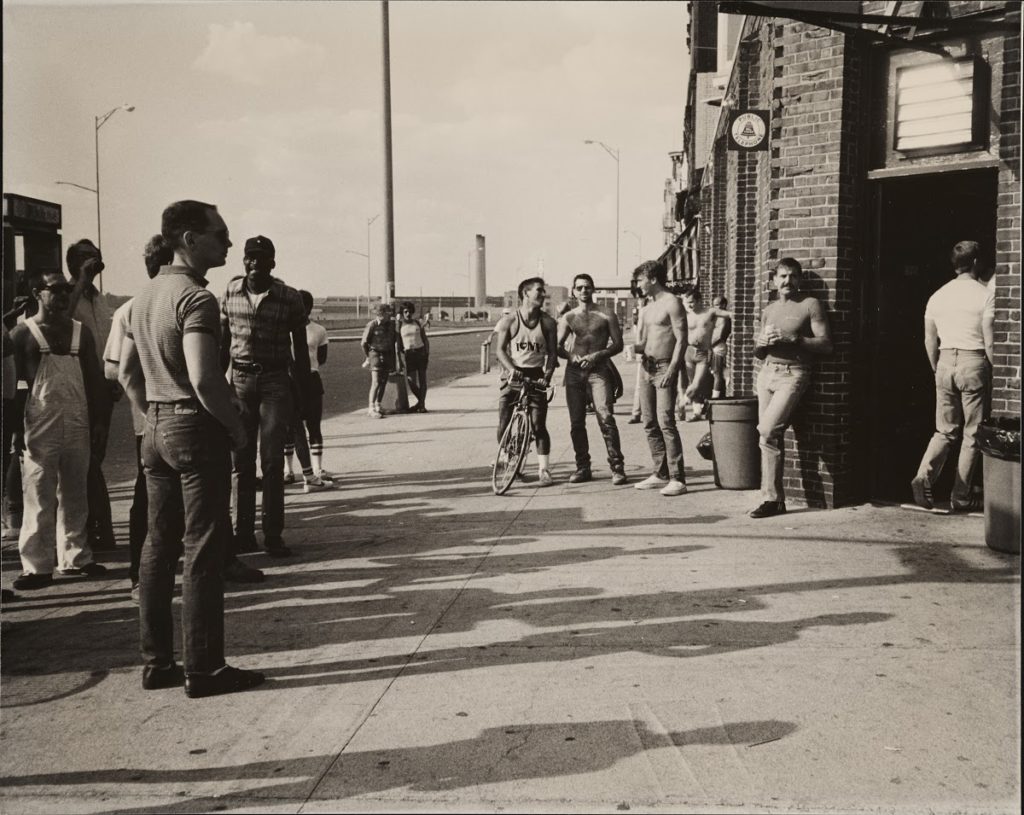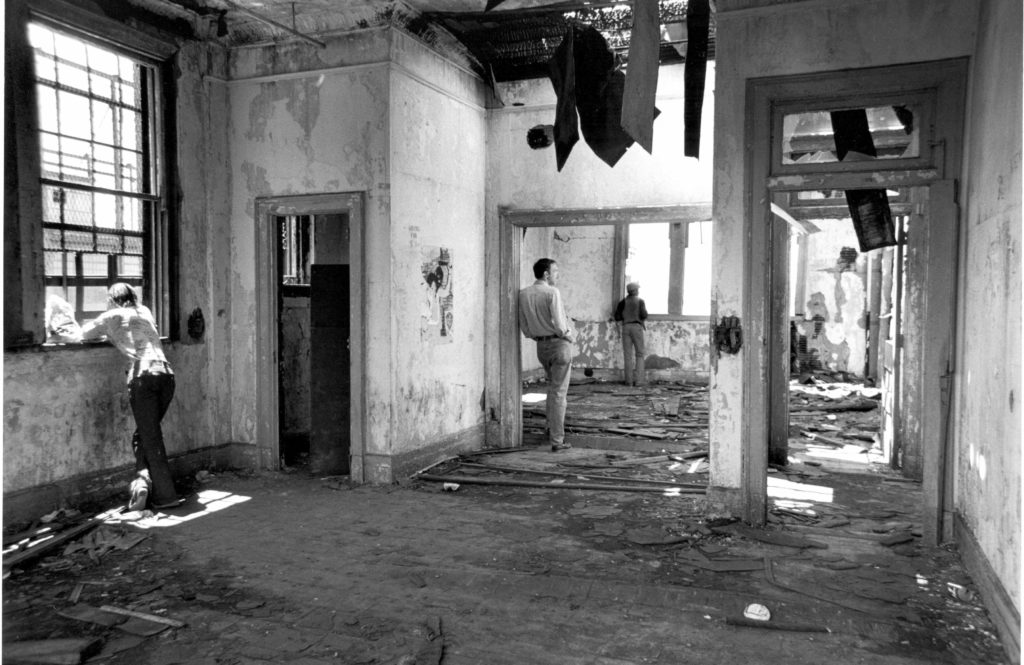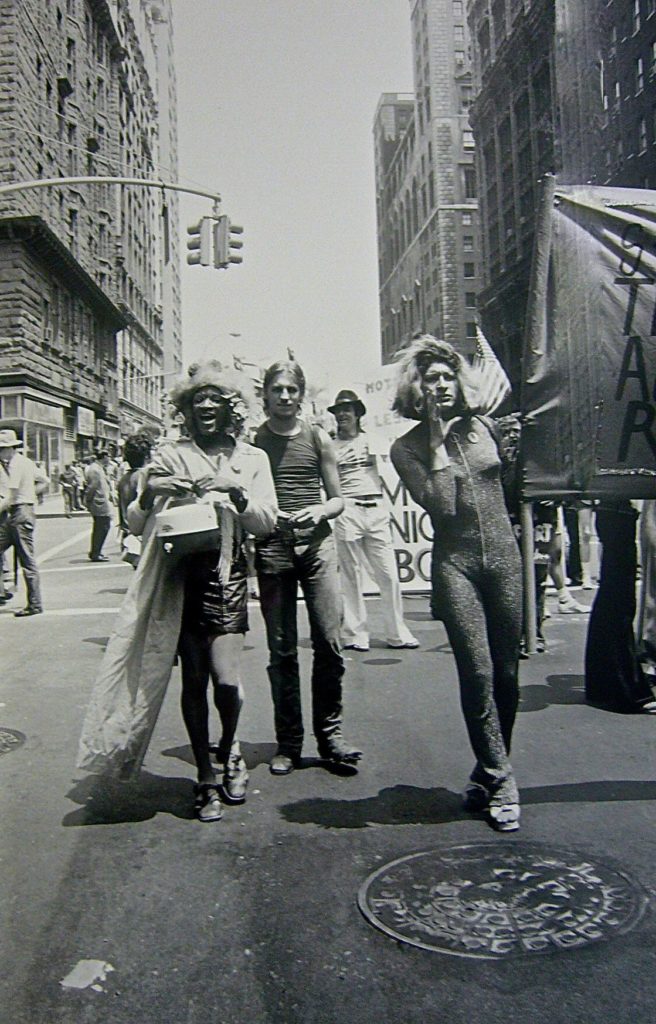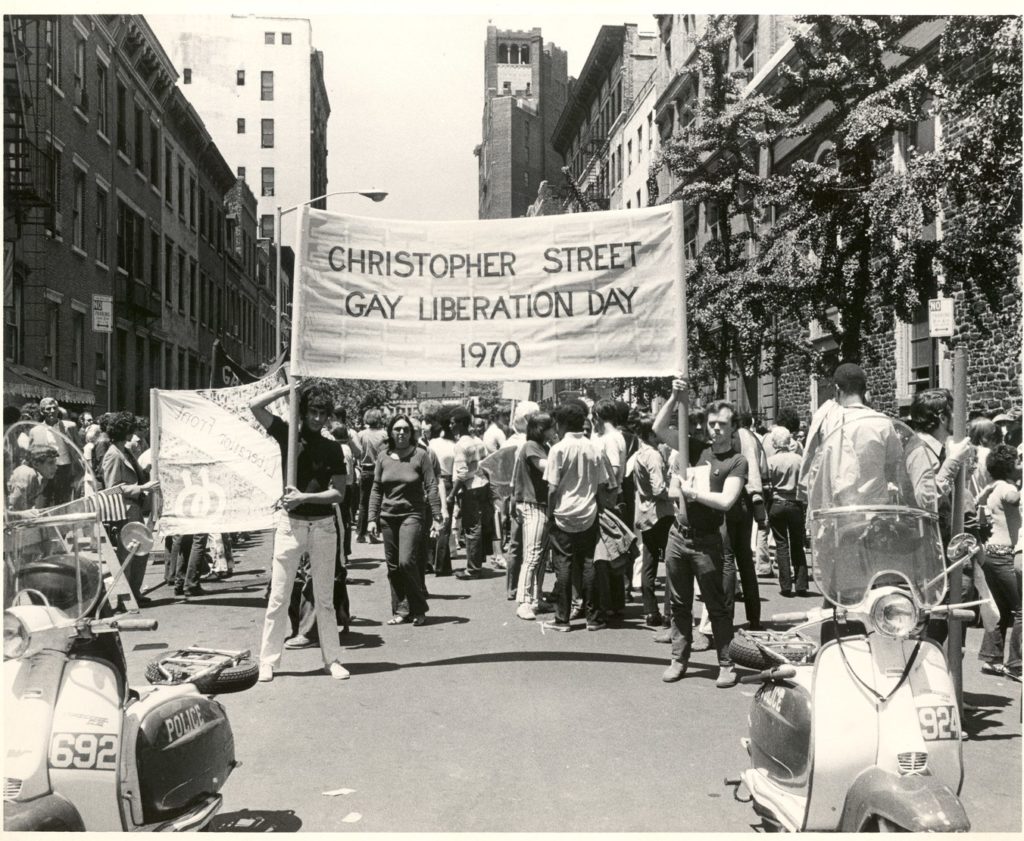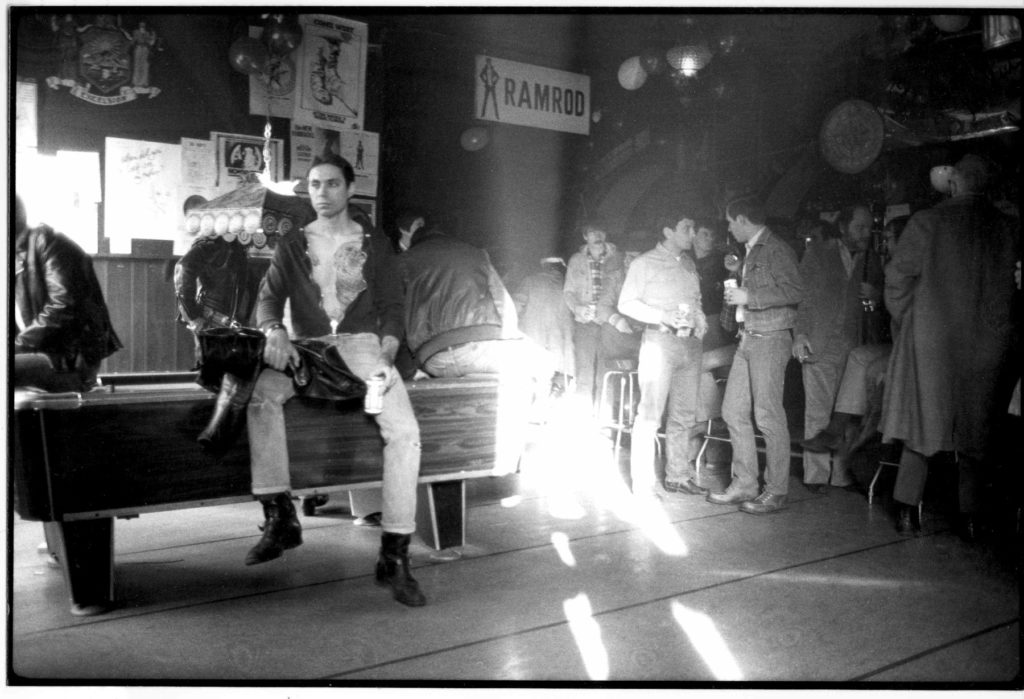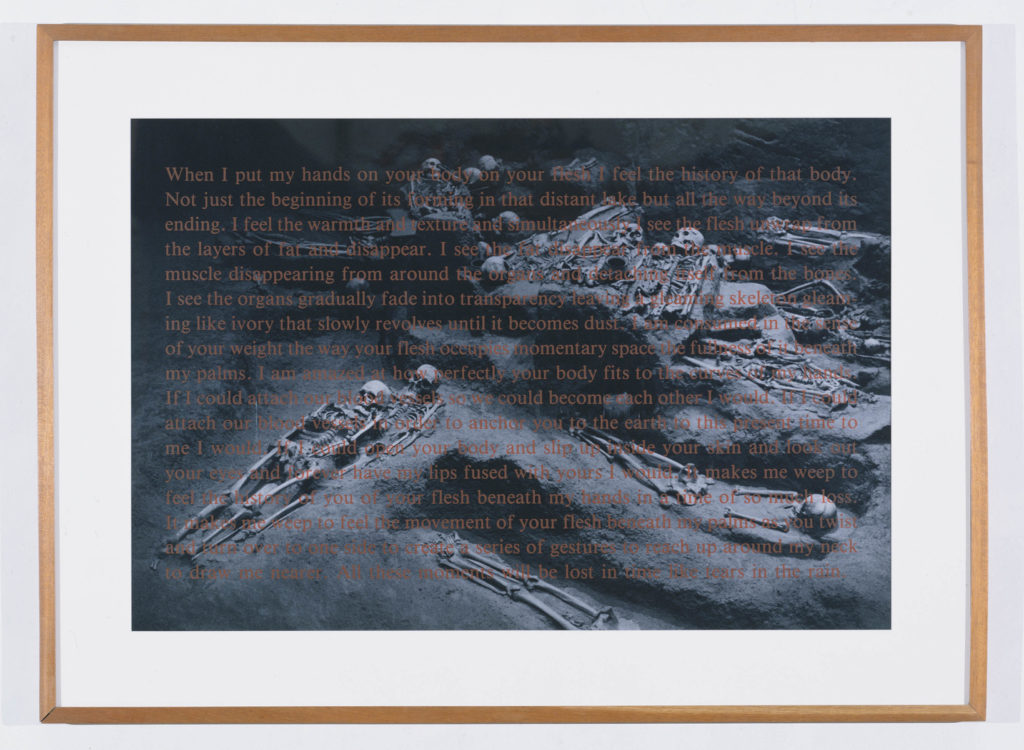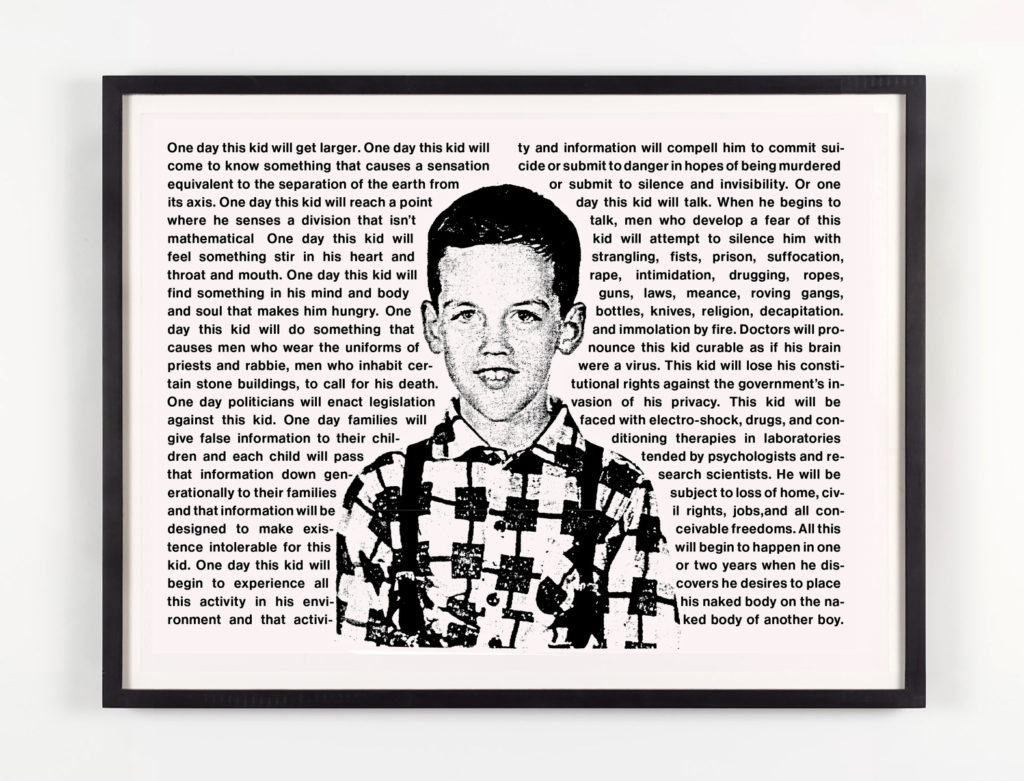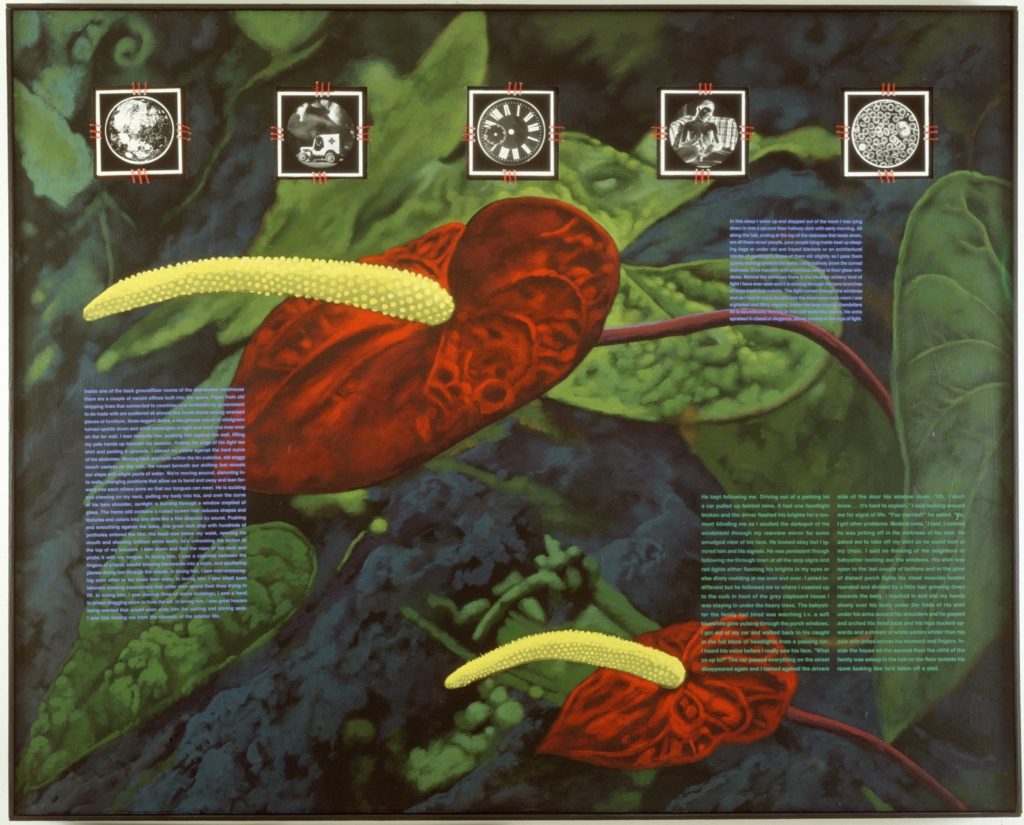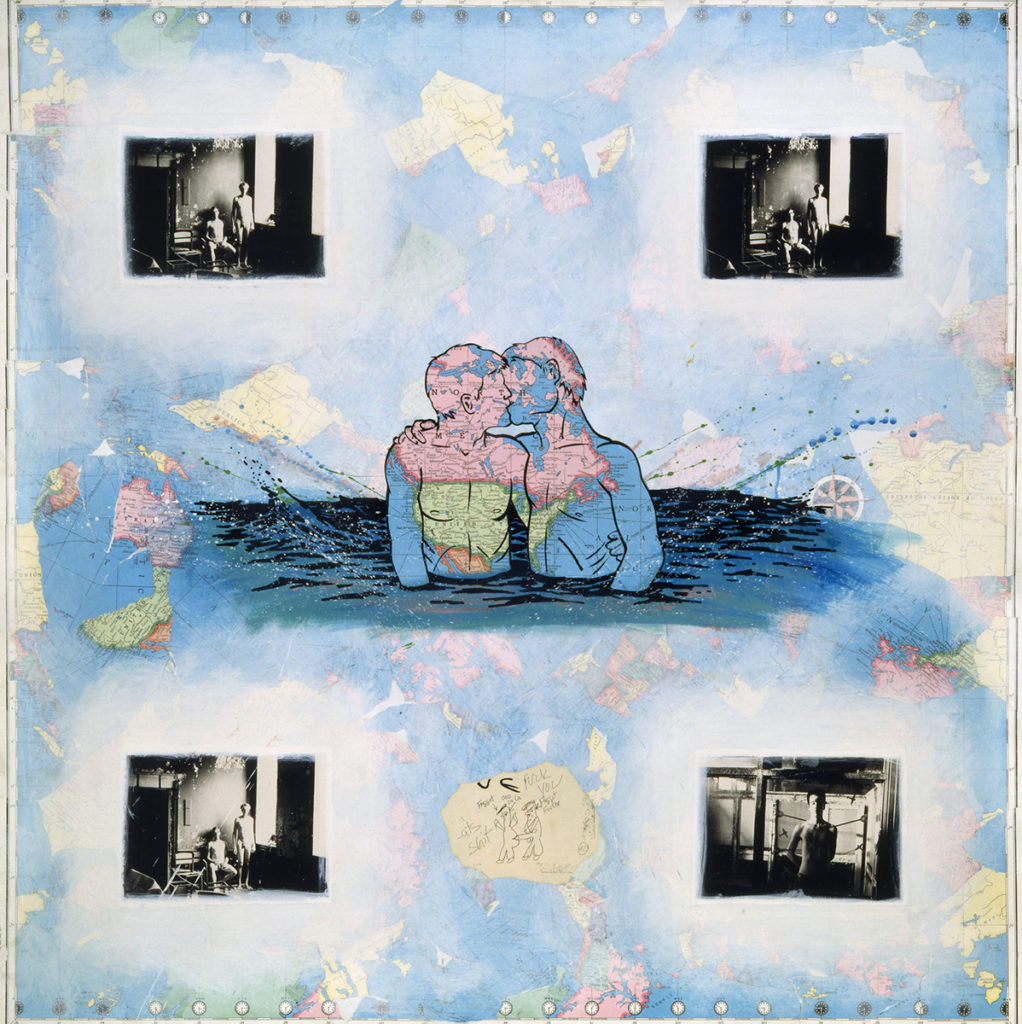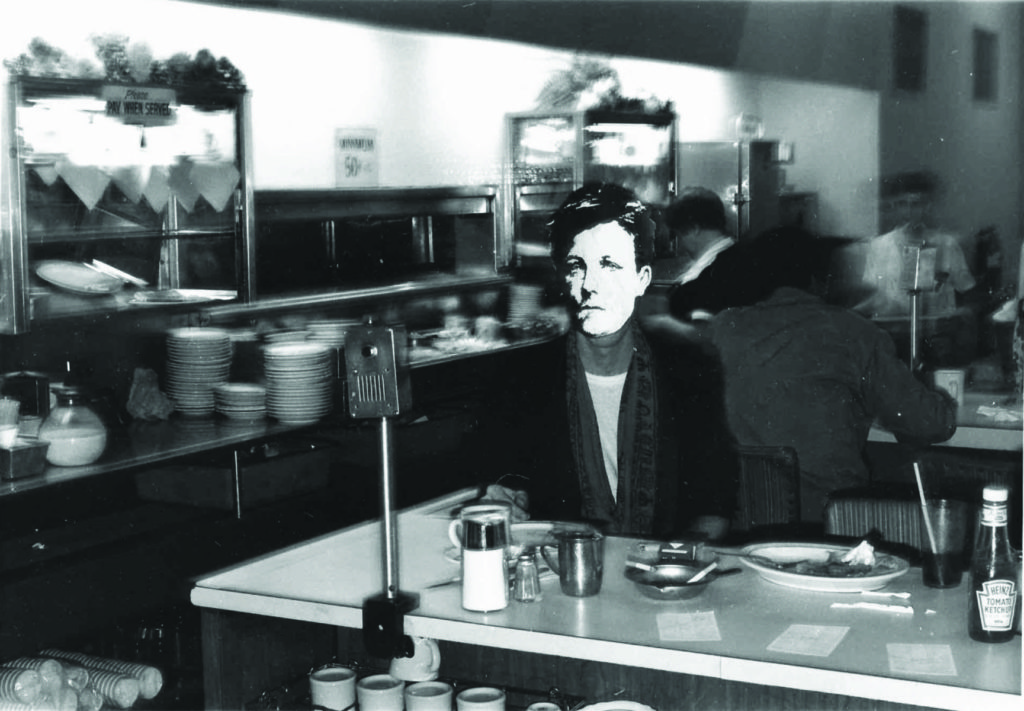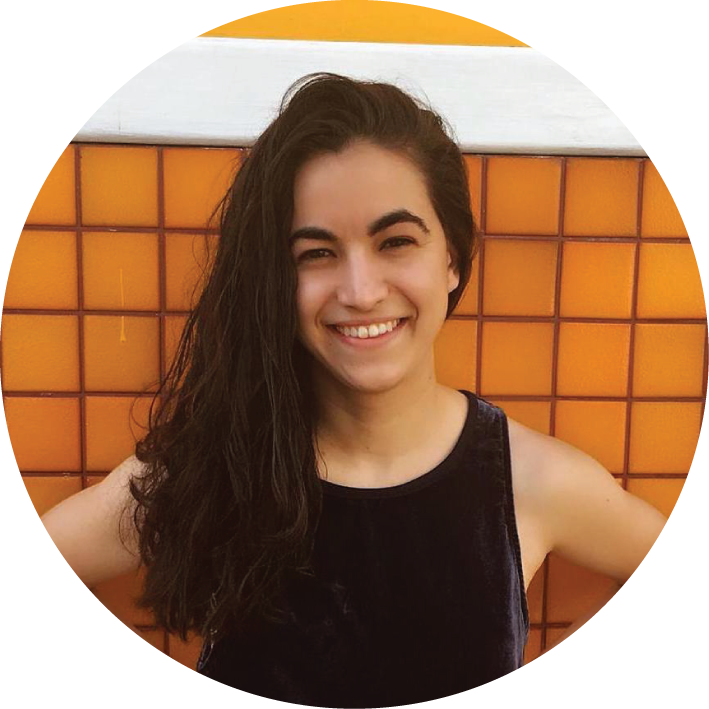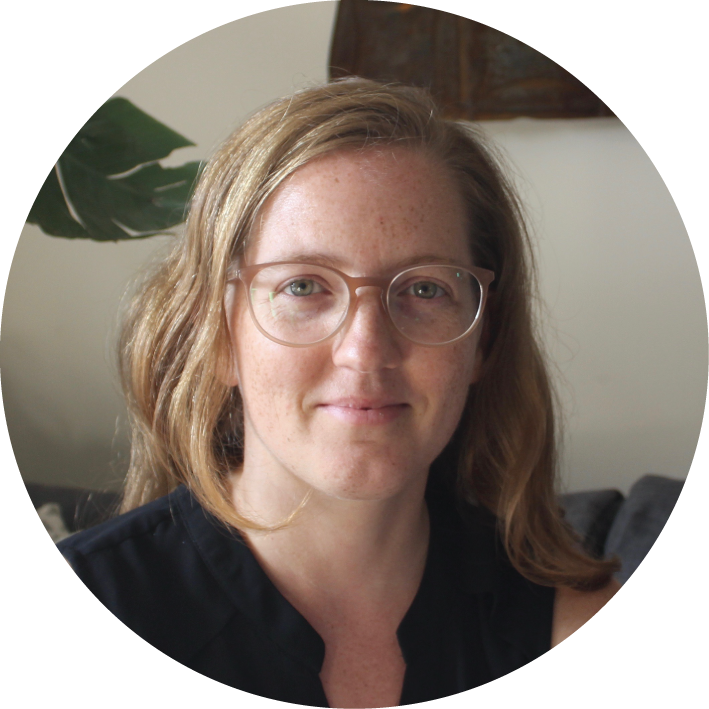Name:
Stefanos Milkidis
Department:
Earth and Environmental Sciences
Project Title:
Re-queering New York City: A Genealogy of Queer Spaces in the American Metropolis, 1969-2015
Website:
Stefanos Milkidis has received academic training in Visual Arts (B.A., M.A., M.F.A) and American Studies (M.A.), and he is currently pursuing a Ph.D. in Human Geography in the Department of Earth and Environmental Sciences at The Graduate Center, CUNY. His investigations coalesce around queer geographies, urban histories, and visual culture studies, with a particular focus on New York City. He is the founder and director of the Queer Space Studies Initiative, an online platform of research on the concept of queer space. An Adjunct Professor at two CUNY colleges, he teaches “American Government” and “History of Western Civilization” at BMCC, and “Introduction to Geography” at Lehman College.
Project
My dissertation investigates four important aspects in the making, the unmaking, and the remaking of queer spaces in New York’s recent history: 1) the emergence and evolution of queer cultures in the aftermath of the Stonewall uprising, along with the positive and liberatory value of sex in the territorialization of public space (queering space); 2) the role of the AIDS epidemic and the rise of neoliberalism in the reappropriation of public space for heteronormative purposes (de-queering space); 3) the complicity of the mainstream LGBT movement with neoliberal policies on safety and control over urban land, which sought to redefine New York’s longstanding gayborhoods in accordance with the compliant citizenry of marriage equality (homonormativity and gentrification); and 4) the recent scholarly endeavor of queering the discourse of space and time – an approach akin to Foucault’s genealogical analysis – in which queer, as a verb, deconstructs the exclusionary operations of any dominant frame that attempts to narrativize the history of the American metropolis in partial ways (re-queering New York City).
Looking back to New York in the early 1970s, and in the twenty years that followed, one finds some of the most dynamic interrelations between queer sexualities and urban space in recent cultural history. In Queer Constellations: Subcultural Space in the Wake of the City, Diane Chisholm describes New York “as the queer capital of the twentieth century, and not just as site of the Stonewall riots in the latter half-century but as the setting of heightened phantasmagoria” (Chisholm, 2004: 20). While a phantasmagorical view of America’s largest city usefully serves the conceptualization of Manhattan as exemplarily queer, my project also raises a series of questions that inform and challenge the principles of human geography: How can queer space be fully understood as an ever-shifting concept in the historical revaluation of the built environment? Are there certain key characteristics that define queer spaces (public or private), and if so, how did they change over time? What are the unrevealed conditions underlying the archival material through which we attempt to understand vanished queer spaces? Returning to the specific context of New York City as a noteworthy case study: How has neoliberalism, gentrification, and the AIDS epidemic led to the demise of queer spaces and the transformation of queer (sub)cultures? In what ways does the experience of New York’s urban population vary according to sexual identity, gender, race, and class, both in the past and present?
To address these questions and argue that re-queering New York is a pivotal practice in unearthing and contextualizing queer space narratives, I went on to draft the first and most fundamental aspect of my dissertation, which concerns the conspicuous and unabashed making of queer New York, beginning with the Stonewall riots in 1969 and culminating in the onslaught of the AIDS epidemic during the 1980s (queering space). To this end, I prioritized this summer an investigation of the materiality of place through an array of visual documents, which I used as entry points for understanding the queer experience of being-in-the-world: a way of being-in-the-city that produced new forms of sociability, autonomy, and a celebration of individual freedom. Images and representations of place constitute a key part in my exploration of queer New York. Because of this, I have accessed the photographic archive of Leonard Fink—housed at the New York LGBT Community Center—through which I studied the abandoned piers and warehouses in the Lower West Side of Manhattan, the outdoor experience of West and Christopher Streets, the first Gay Pride March of June 28, 1970, and some of the commercial establishments around the West Village, such as the leather bars and sex clubs.
Furthermore, the New York Connect Fellowship enabled me to travel to Madrid and examine the retrospective exhibition of American artist David Wojnarowicz, titled “La historia me quita el sueño” (History Keeps Me Awake at Night), at the Museo Nacional Centro de Arte Reina Sofia. While mostly known for his paintings, collages, and the photographic series, Arthur Rimbaud in New York, Wojnarowicz’s prose poetry—peculiarly interspersed in journals, manuscripts, photomontages, correspondence, and other ephemera—has yet to receive recognition in queer geographic scholarship. My goal has been to distill the visual and textual depictions of queer space in Wojnarowicz’s oeuvre, all of which, I argue, capture most vividly the sexual energy of New York’s pregentrified milieu and make significant contributions to the reclaiming of forgotten, neglected, or distorted narratives.
In reflecting on these findings, I aim to determine how I will continue to frame the associated stories within broader geographic discourses that call forth, shape, classify, and ultimately contextualize these bygone spaces. Undoubtedly, the images I have been selecting during this phase of my research reveal both the real and the symbolic, opening up limitless possibilities of interpretation. My task now is to put together the visual, theoretical, ethnographic, and other fragments to reclaim New York’s lost queer spaces and properly situate them in the historical record. Therefore, the next steps in my project will involve a more engaging conversation with my committee that will help me enrich and broaden my area of inquiry.
References
Chisholm, Diane. (2004). Queer Constellations: Subcultural Space in the Wake of the City. University of Minnesota Press.


